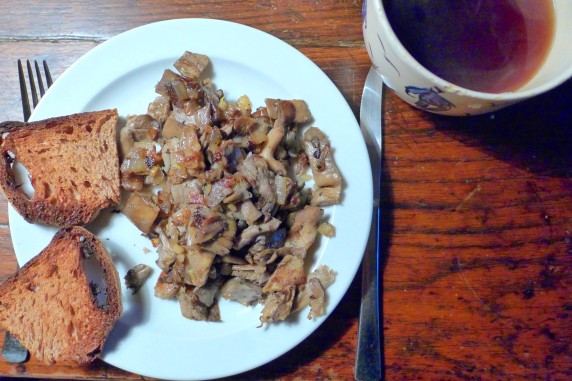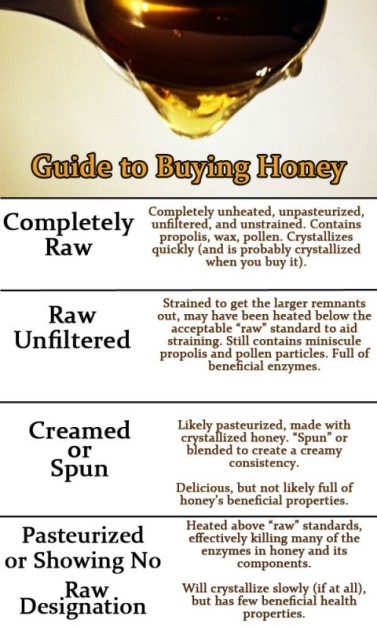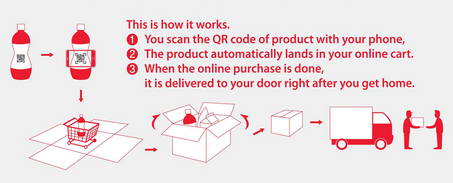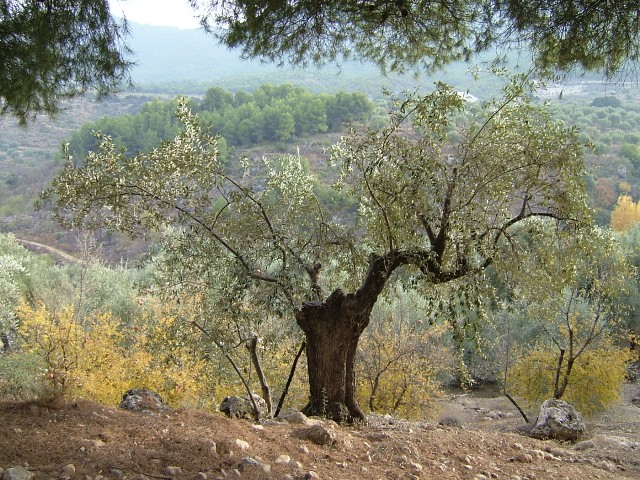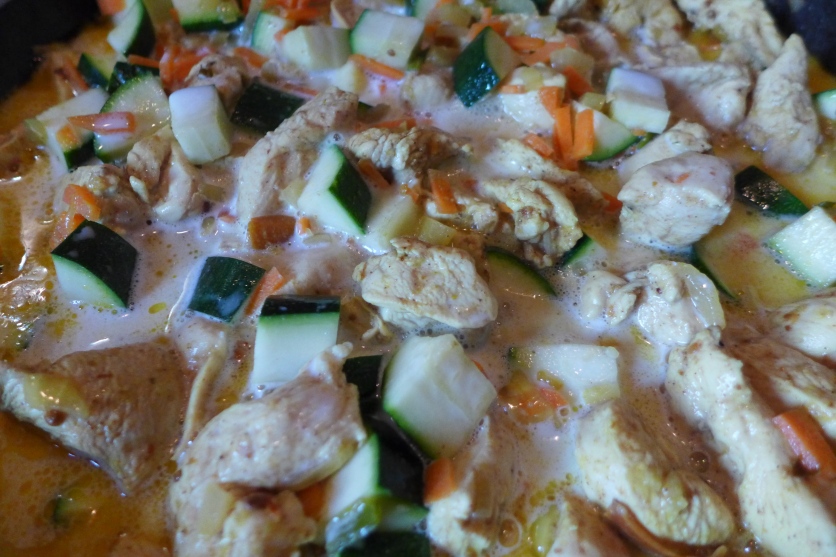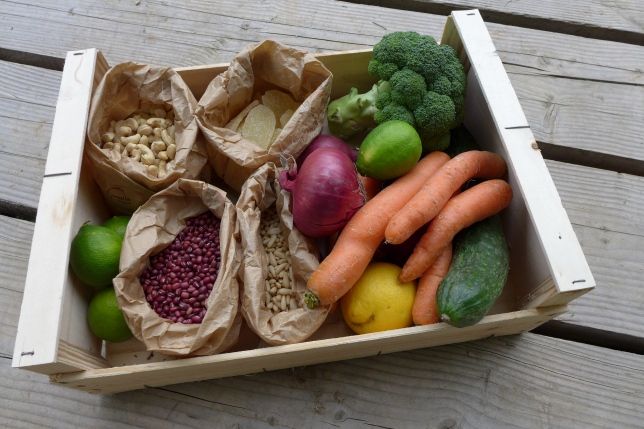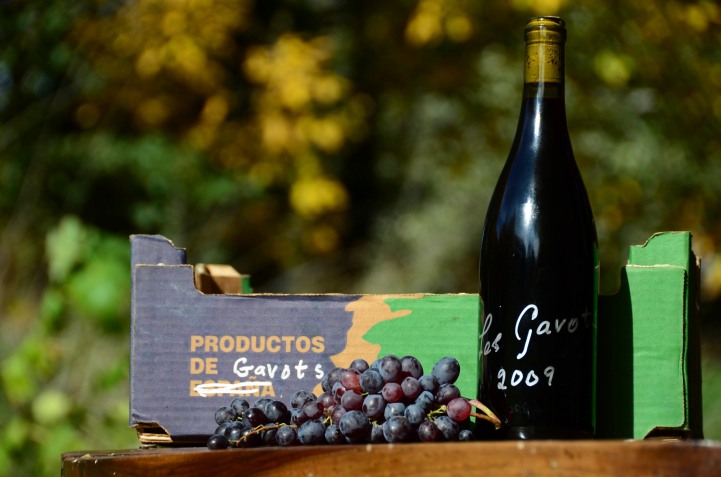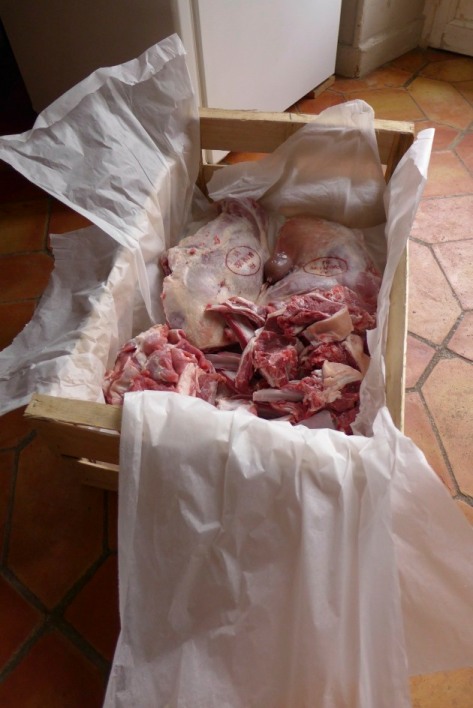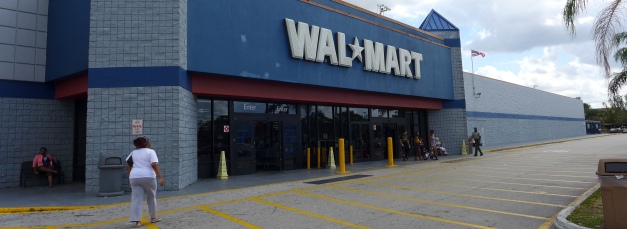The confusion surrounding drinking water is very telling for how far removed we are from even the most important and basic nutrients. Every discussion on the topic inevitably becomes animated, with strong views aired on either “our tap water here is the cleanest in the county/country/world”, “I never touch anything but bottled water”, “filtered water is the only ethical supply” and/or “I never understood all that fuss about fluoride anyway”. It turns out that our life-giving, daily drink of water has become a hellishly complex issue, with huge business interests and our health at stake.
A visit to the supermarket in many countries shows that barcoded water from a bottle can be more expensive or on par with soft drinks and even beer. The photos above were taken in a WalMart, the Taj Mahal of Barcodes, early this year and show that the cheapest purified water works out as slightly less than half the price of branded Pepsi. However, a premium water brand like Danone’s Evian compared to a no-brand caffeinated soda reverses the relationship. And as the decline in sales of sodas continues to accelerate (at least in the U.S.), the dominating soda makers rush to diversify into other foods and drinks, including water. We find it fascinating that Wall Street is now suggesting to value the shares of Coca Cola not as a soda maker, but rather as one of the world’s largest water purification companies (with often disastrous effects for local communities). But hey, if the coke on your supermarket shelf is cheaper than bottled water, check out this perfect tool: a new filter that purifies Coca Cola -“the Black Waters of American Imperialism”- into crystal-clear H20.
Here is what most consumers see as their choices (with some of the pros and cons added):
1. Tap Water. Inexpensive, readily available, no issues with packaging. Wide range of contaminants (e.g. various classes of pharmaceuticals in the U.S.; drug-resistant microbes in the U.K.), depending on your location (short video on this here) water may be medicated with the neurotoxin fluoride.
2. Bottled Water. Readily available in Western countries, not chlorinated, no fluoride. Wasteful packaging and transportation, endocrine disrupters leaching from plastic bottles (see BarcodeAlert below), over 100 times more expensive than tap water.
3. Filtered Water. Can be installed to water tap, no issues with packaging and transport, reduced contaminants. Varying efficacy which is difficult to verify, often expensive installation and maintenance contracts, some methods affect water pH and other properties.
There is no obvious and easy choice here, and none of the options is without its own headaches. On balance, we would tend towards a filtering system, but even after having looked into this quite deeply, we would struggle to make recommendations since all of them have their own problems.
Our barcode-free solution to the modern-day water dilemma? Glad you asked. We did what most humans did throughout history: choose a place to settle where there is access to fresh water. We are fortunate in that our house is furnished by two springs. Ancient dry stone walls incorporate tunnels (see below) at two different places and, when one crawls into them past the spider webs for about ten metres, ice cold fresh clear water bubbles up from underneath a big rock.

But even what sounds like a perfectly idyllic setup is not entirely without its issues. Nobody cares about and looks out for the safety of our water. We decide to drink it, so it’s up to us to regularly test it, which is a hassle and costs money. The hillside is riddled with old farmhouses and historic cesspits or more modern but cracked septic tanks, not to mention livestock rearing, all of which can produce noxious and contaminated seepage. The same goes for the old piping that brings the water to the house. We also have no idea where the water is actually coming from. While it would be nice to think that it comes deep down from an artesian aquifer underneath the chalk mountains, in all likelihood it depends on what happens further up the mountain well outside our control. In the old days the water systems were interdependent, like people, and there were strict rules about managing the water supplies for the benefit of the entire community. Not so today. When we are no longer responsible for sourcing our water or food, and when we instead leave it to unaccountable conglomerates, we become irresponsible towards ourselves, our neighbours and our communities.
Having weighed all the options, we still prefer to take responsibility for our water supply, don’t connect to the chlorinated municipal tap water and leave the barcoded plastic bottles on the supermarket shelves. Hell, we’ll survive the odd streptococcus floating around … or so we think. Oh, and there is a serious watery barcode dilemma we face: we run our spring water through a barcoded (!) charcoal filter before drinking, and we agonised over whether this constitutes a violation of our three BarcodeZero rules. In the end we thought it wouldn’t, but please comment if you think otherwise.

Buying water in barcoded bottles is far from straight forward. While there is no longer much of a choice other than Nestle, Coca Cola, Pepsico, Danone and The Dr. Pepper Snapple Group, the big water manufacturers still let you choose between table-, mineral-, spring- and purified water, which mean different things in different legislations. Is that a meaningful distinction? Well, in a recent analysis of 30 bottled waters by the German consumer protection agency, all four types of water fared equally badly. None of the “mineral” waters had any higher concentrations of minerals than the other types. Only six of them had low enough levels of contaminants and pesticide residues to recommend them for babies and immune-deficient consumers. And those six best waters were mostly no-brand products from discounters. As always, ignore the images of pristine mountains and the empty marketing slogans on the label and zoom in on the small print.
What the small print doesn’t tell you is what leaches from the plastic bottle into the water, and the chorus of concerned researchers about that is getting louder. If you think the container does not affect the water, we challenge you to leave a full plastic bottle on your car dashboard in the summer for three weeks. The main worry is that plastic containers lead to widespread contamination of food with xenohormones which disrupt our endocrine system, and that too few compounds and their mixture effects have been analysed so far. This 2011 study found virtually all commercially available plastic containers had “estrogenic activity”, including those labelled as “bisphenol A-free”. And this paper from the same year found “60% of the investigated [water] products induced significant estrogenic effects”. Snails sensitive to minute estrogen concentrations reproduce twice as much in PET bottles compared to the same water in glass bottles.
If you choose barcoded bottled water, go for glass bottles if anyhow possible, ideally as part of a bottle deposit scheme. If you can’t avoid plastic bottles, consume the water soon after purchase, since contaminations increase over time. Keep them out of heat and sunlight.
![]()




